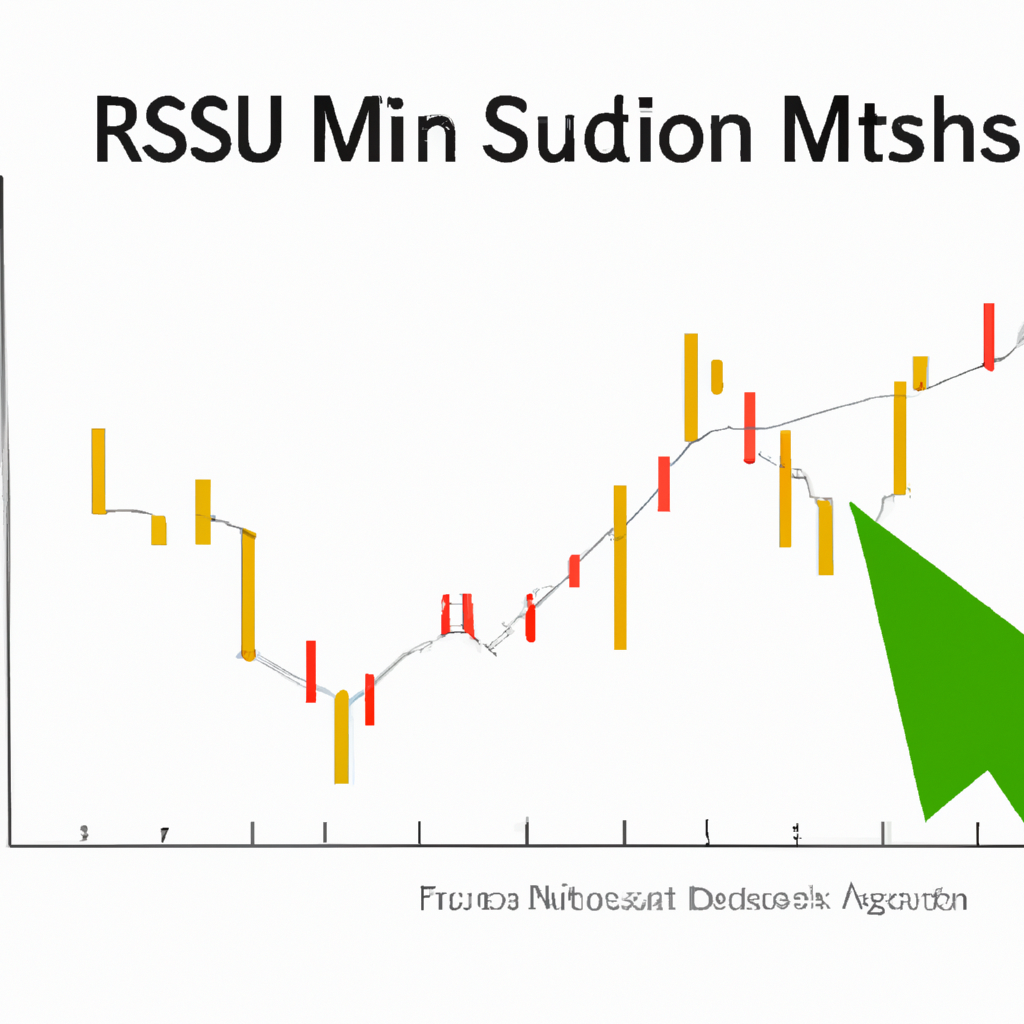Using RSI for Identifying Market Momentum
Introduction
The Relative Strength Index (RSI) is a technical indicator commonly used by traders and investors to gauge the momentum of a market. It is a versatile tool that can help identify overbought and oversold conditions, as well as potential trend reversals. In this article, we will explore how to use RSI effectively to identify market momentum and make informed trading decisions.
Understanding RSI
The RSI is a momentum oscillator that measures the speed and change of price movements. It oscillates between 0 and 100, with readings above 70 indicating overbought conditions and readings below 30 indicating oversold conditions. Traders commonly use a 14-period RSI, but this can be adjusted based on personal preferences or the specific market being analyzed.
Identifying Overbought and Oversold Conditions
One of the primary uses of RSI is to identify overbought and oversold conditions in the market. When the RSI reading crosses above 70, it suggests that the market may be overbought, indicating a potential reversal or correction. Conversely, when the RSI reading crosses below 30, it suggests that the market may be oversold, indicating a potential buying opportunity.
Confirming Trend Reversals
In addition to identifying overbought and oversold conditions, RSI can also be used to confirm trend reversals. When a market is in an uptrend, the RSI will typically stay above 50, while in a downtrend, it will stay below 50. If the RSI starts to diverge from the price action, it could be a sign that the current trend is losing momentum and a reversal may be imminent. Traders often look for bullish or bearish divergences between the RSI and price to confirm a potential trend reversal.
Using RSI as a Trend-Following Indicator
While RSI is commonly used to identify overbought and oversold conditions, it can also be used as a trend-following indicator. Traders can look for RSI readings consistently above 50 to confirm an uptrend and consider buying opportunities. Conversely, RSI readings consistently below 50 can confirm a downtrend and indicate potential selling opportunities. By combining RSI with other technical indicators or chart patterns, traders can enhance their trend-following strategies.
Setting Up RSI on a Trading Platform
To use RSI effectively, traders need to set it up on their preferred trading platform. Most trading platforms offer the RSI indicator as a built-in tool. Traders can select the desired period (usually 14) and adjust the overbought and oversold levels according to their trading style. It is important to understand the customization options provided by the trading platform to make the most of the RSI indicator.
Conclusion
The Relative Strength Index (RSI) is a valuable tool for identifying market momentum. By understanding how to interpret RSI readings and using it in conjunction with other technical analysis tools, traders can gain insights into potential trend reversals, overbought/oversold conditions, and trend-following opportunities. However, it is important to note that RSI should not be used in isolation and should be combined with other forms of analysis for making well-informed trading decisions.

